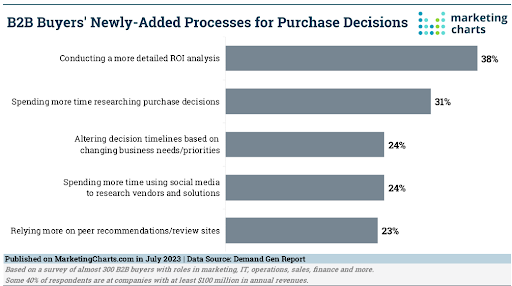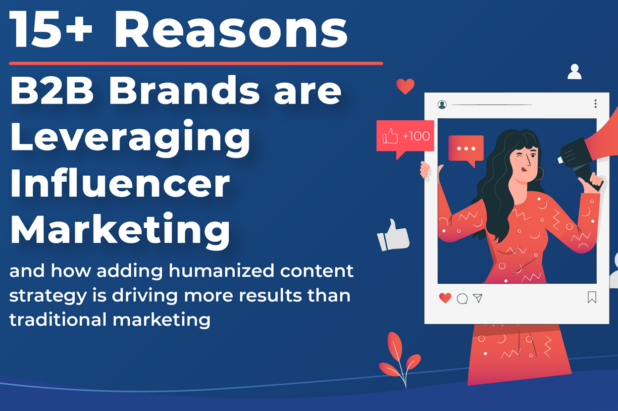Understanding and unpacking the complexity of modern buyer journeys is easily one of the most pressing challenges in marketing today. It’s something our agency is highly focused on helping clients navigate.
As customers become increasingly versatile and unpredictable in the ways they find, research and buy products or services, how can marketing best make an impact? And how do you make sure that impact is properly understood and credited? Marketing attribution can feel like a constantly moving target.
A recent success story from one of our client programs serves as an example of how digital customer journeys play out in practice, and why developing a robust strategy to harmoniously account for these complex journeys is absolutely worthwhile.
Let’s take a look under the hood and see how multiple key marketing touchpoints played into a sale for a forward-thinking company.
Follow the thread: The path to a premium purchase
TopRank Marketing has been proud to partner with a reputed home décor retailer as a client for nearly 10 years. Their business is interesting and exciting from a marketing standpoint, because they serve both B2B and B2C audiences – and even their B2C buyer’s journey carries B2B-centric traits. These high-quality products are not purchased on a whim.
The client’s customers tend to engage with multiple channels and sources of information on the path to making a purchase. As such, TopRank has helped them build out a robust strategy incorporating an interwoven variety of our specialized tactics, ranging from SEO and influencer to paid media and affiliate marketing.
The home décor retailer is experiencing consistent digital growth with this integrated marketing strategy on board. While running a recent monthly report on results, our analytics team came across one example of a conversion path that speaks volumes to the wisdom of such an approach.
Through trackable UTM codes and Google Analytics 4 (GA4), we were able to trace the following journey of a specific user who converted in February of 2024:
- Saw a post on social media mentioning the brand from an influencer that they followed.
- Engaged with multiple paid search campaigns via Google Ads.
- Final referral source was from a listing for “best of” in NY Mag, earned via affiliate marketing.
- Purchased a beautiful specialized product for more than $1,500.
All of this played out over the course of multiple months. It’s a microcosm of the broader trend that has enveloped marketing: the difficulty level is dialing up.
Keeping pace with the evolving customer journey
While their business operates within a fairly specific niche, this client faces many of the same challenges shared by brands of all shapes and sizes. Competition is growing, the digital landscape is ever-expanding, and economic trends continue to impact purchase activity.
A report in 2023 found that significant numbers of B2B buyers were conducting more detailed ROI analysis while also spending more time researching purchase decisions on social media and elsewhere.

(Source)
Research from Gartner has found that 75% of B2B buyers now prefer a rep-free sales experience, but at the same time, self-service digital purchases are far more likely to result in purchase regret. Marketing can play a key role in building trust and confidence to help customers avoid regrettable decisions. Increasingly, that means showing up in different places – organic search results, social media feeds, paid media, influencer content, affiliate placements – with a coherent, consistent and compelling message.
Equally important for marketers, when it comes to driving investment in an integrated strategy, is demonstrating that it works. That’s where thoughtful measurement comes into play.
Measurement and marketing attribution for the future
There’s been a lot of discussion in the industry about third-party cookie deprecation and its impact on brands’ ability to target audiences, but some believe the measurement implications will be even more significant. Media mix modeling and experimental solutions are being rolled out to ensure brands can get a clear view of how marketing influences revenue in a post-cookie era.
The tactic leveraged in our client example above, where trackable UTM parameters were used to connect multiple touchpoints in the same journey, is a great example of a future-proof way to track attribution without cookies.
Rather than following users across multiple websites, UTM parameters only track within the context of the specific URL they are attached to. This means they do not intrude on user privacy, which is something brands everywhere need to ensure.
As the data landscape changes shape, it’s more crucial than ever to work with partners who understand marketing measurement and how to get it right.
See How Toprank Marketing Drives Growth



